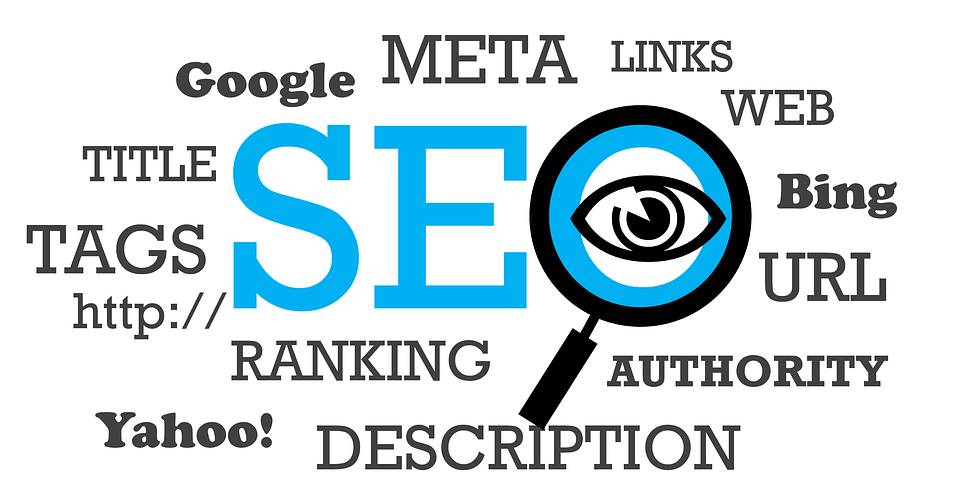The Fundamentals
Our last blog offered some handy tips for selling on Not on the High Street. With Etsy, lots of the fundamentals are the same, so we won’t go over them in too much detail.
But it’s definitely worth remembering a few points that are applicable to both sites. You should be:
- Taking great pictures of your products
- Building your brand by getting your story across
- Ensuring your products are priced correctly
- Carrying out thorough competitor research. CraftCount ranks the top sellers on Etsy, so have a look at what they do well and try to replicate it.
- Using social media to promote your shop and products
Other than those important fundamentals, there’s a few specific areas that need focus when you’re selling on Etsy. Let’s take a look!
Etsy SEO
If you’re selling on Etsy, it’s likely you’ll know that SEO is search engine optimisation, which is about optimising your content to make it have the best chance of showing up in online searches.
Etsy’s search functionality now prioritises relevancy over recency. This was brought in a few years ago so that the smaller shops could in theory compete with the large shops that were posting lots of new items several times a day.
Because of this, it’s important to make your listing as relevant as possible, and to ensure that important elements – the title and the tags – match the shopper’s search. The first stage of this is choosing the right keywords to target.
Choosing the Right Keywords
Choosing the right keyword is about choosing the word that people buying your item would actually use to search for it.
Have a brainstorming session and think what words you would actually use to find what you’re selling. Also, use Etsy’s search box and note down the suggested search terms – these are popular terms that real people have used, so they’re definitely worth considering.
As handmade crafters, it can be tempting to come up with unique, cute names for your products, or to use bespoke crafting terms in the title. But keep asking yourself – would a regular shopper actually use this term to find the item? There’s no point listing your items if they can’t be found!
Use synonyms, too. For example, with badges, the words ‘buttons’ and ‘badges’ are often used interchangeably.
For bigger shops, you may want to invest in proper tools to aid your research and SEO efforts. Marmalead is an Etsy-specific tool that you can use to find keywords, as well as other helpful SEO features. It’s all presented in a really simple way, without any technical jargon!
So you’ve got your chosen keywords together – what do you do with them next?
Item Titles
Well-optimised item titles and tags are incredibly important to ranking well on Etsy; simply put, the title tag is used to tell people what your item is.
Your chosen keywords need to appear in your title, and the closer to the beginning the better. Your title is limited to 55 characters, so think wisely about how best to describe your product!
Item Tags
Tags are the keywords attached to the items you sell on Etsy, and are crucial to Etsy’s search as they determine the results your items will appear in. They’re limited to 20 characters each, and you get 13 of them.
Longer tags, made up of a few words, will have a better chance of ranking on Etsy than broader keywords, as they’re more specific. As well as that, if you’re more specific, you catch your customers at a time nearer to them making a purchase. As an example, someone looking for a ‘punk rock badge’ would be closer to buying than someone simply typing ‘badge’, so tag your items in a specific and relevant way!
Make sure you use every one of the 13 tags! Leaving any out is a wasted opportunity, as each one is an opportunity to show up in Etsy’s search results. The order of the tags doesn’t matter – the tags at the start aren’t given more prominence than the last ones.
Check out this great guide on how to get found in Etsy search for more information.
Descriptions
A good description is your opportunity to engage your customers and entice them to buy your products. Answer important questions people would like to know, and start developing your shop’s own ‘voice’ – many descriptions are written in the first person to show the personality, story and uniqueness behind your shop.
Additionally, the start of your description will be used to create the meta description for the item. Meta descriptions are the text that appears underneath titles on search engine results pages.
It’s worth checking out this article, which goes into detail on how to craft descriptions and provides examples of successful ones!
Other Tips For Selling On Etsy
Guest Blogging
A great way to gain more exposure is by connecting with relevant bloggers and writing guest posts on their blogs. This builds your network, gets the word about your products out there, and builds links back to your shop, which is great for SEO. As well as expanding your exposure, guest blogs help you to be seen as an expert on your topic.
Use Shop Stats
Shop stats give you loads of helpful information, so ensure you’re logging in regularly to check how you’re doing. Here, you’re able to identify what’s working and what’s not, and you can see important metrics like where your traffic comes from and who’s mentioning you.
Use Shop Announcements
The Shop Announcement feature is near the top of your shop’s page, and can be used to alert shoppers to – you guessed it – make important announcements about your shop. These might be things like alerting shoppers of a sale in your shop, or letting them know that you’re away.
Etsy recommends keeping announcements short, instead using other sections of your shop such as the about page to have more lengthy text.
Hopefully these tips for selling on Etsy give your shop a good foundation and start you on the road to success – do you have any more tips to share?




